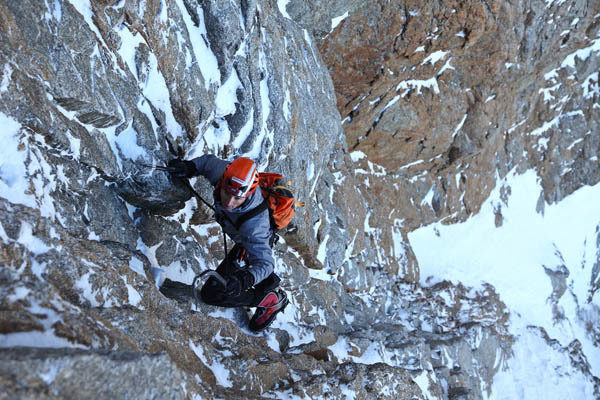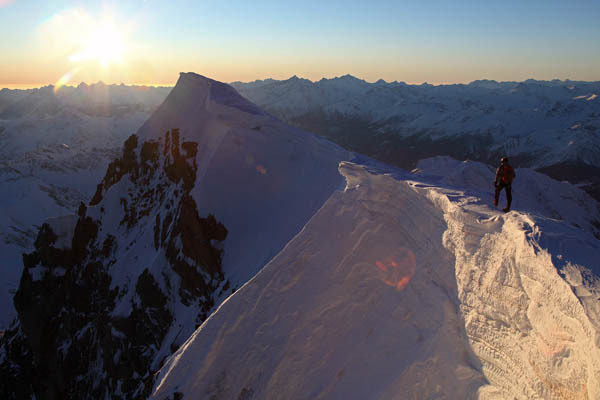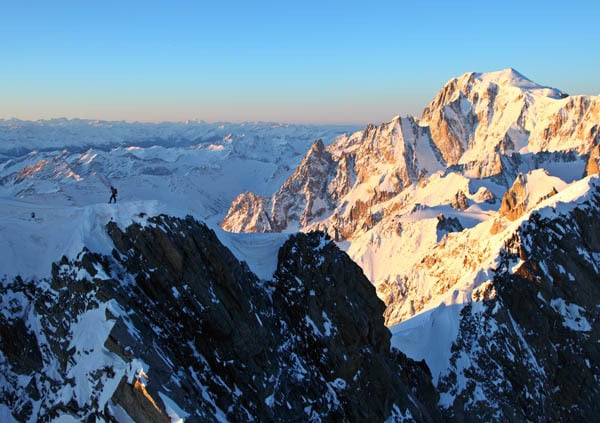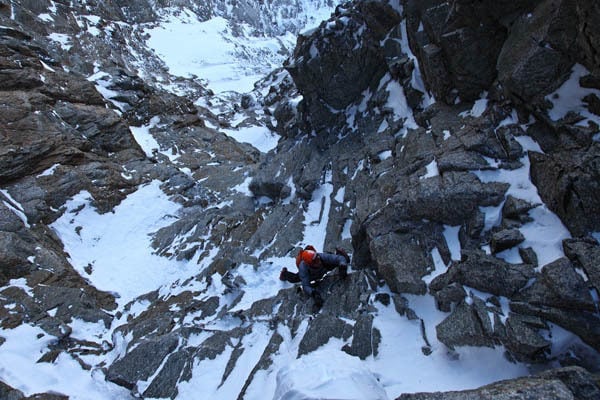Remembering Ueli Steck
On 23 May, the family of Swiss climber Ueli Steck held a public memorial service in Interlaken, close to Steck’s home community of Ringgenberg and the Bernese Oberland mountains where he completed so many of his greatest climbs.
Known worldwide as the Swiss Machine, Steck first gained attention at just 18 years old when he climbed the North Face of the Eiger. He went on to build one of the most remarkable solo climbing careers of his generation.
In 2009 and 2014 he received the prestigious Piolet d’Or, one of the highest awards in mountaineering. Renowned for his speed, he broke the Eiger North Face record three times. His many achievements also include a solo ascent of the south face of Annapurna, climbing Everest without oxygen, and completing all 82 Alpine 4,000m peaks in only 62 days.

Early Life
Ueli Steck was born on 4 October 1976 in Langnau, Emmental. He trained as a carpenter before discovering climbing, and at age 12 he joined the Swiss Alpine Club. From that moment, he developed a deep fascination with the mountains, the natural world and the challenges of technical climbing.
Steck died at the end of April during an acclimatisation outing ahead of an attempt to traverse Everest and Lhotse without supplementary oxygen. He was 40 years old. His plan involved a bold new route linking the summits of Everest (8,848m) and Lhotse (8,516m). While the details of the accident are not public, it is known he was climbing solo at the time.
Farewell and Memorial
After a traditional Buddhist funeral and cremation at Tengboche monastery near Kathmandu, Steck’s ashes were returned to Switzerland. Set against the Himalayan peaks, monks offered prayers and music while his wife Nicole and closest family members said their final goodbyes.
In a statement earlier that May, the family thanked Steck’s supporters and announced a public commemoration ceremony. It was held at the Congress Centre Kursaal Interlaken. Nearby Grindelwald, close to the Eiger, has also considered naming a part of the mountain after him.
Lessons from the Swiss Machine
Steck’s legacy carries an important reminder about risk, preparation and humility in the mountains. His training regime was famously strict, and his fitness level compared with that of Olympic athletes. He approached each ascent with an understanding of the consequences and a respect for the environment around him.
While the Mont Blanc range is more accessible than the Himalayan giants, the principle remains the same: preparation, training and informed decision making are essential. The mountains are not trophies to be claimed but landscapes that require knowledge and respect.
“There are dreams that are worth a certain amount of risk.”
— Ueli Steck

A Message for Chamonix Mont Blanc
In an age when social media drives many people to climb for the sake of the summit photo, Steck stood apart. He understood the risks, trained obsessively and made decisions based on decades of experience.
For anyone planning an ascent in the Chamonix valley, preparation is everything. Train early, plan well, seek credible advice and do not underestimate the mountain. The safest and most rewarding way to climb here is with a qualified local guide.
Chamonix All Year recommends hiring a guide for any mountaineering objective. Speak to your Resort Team for more information.
All photos courtesy of PlanetMountain. Photo credit: Jonathan Griffith — taken during Steck’s 2008 speed solo of the Colton MacIntyre (Grandes Jorasses) in 2 hours 21 minutes.




